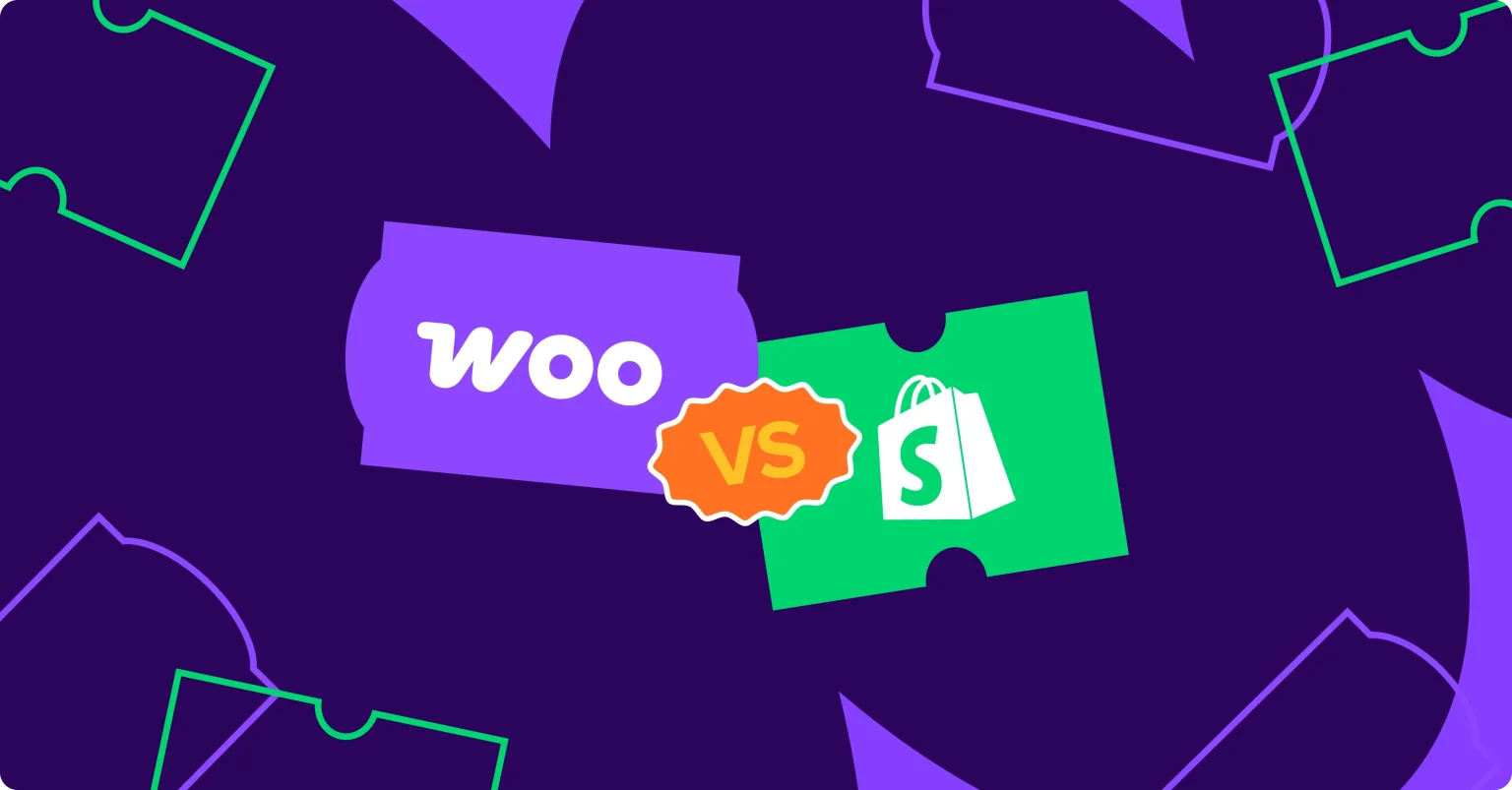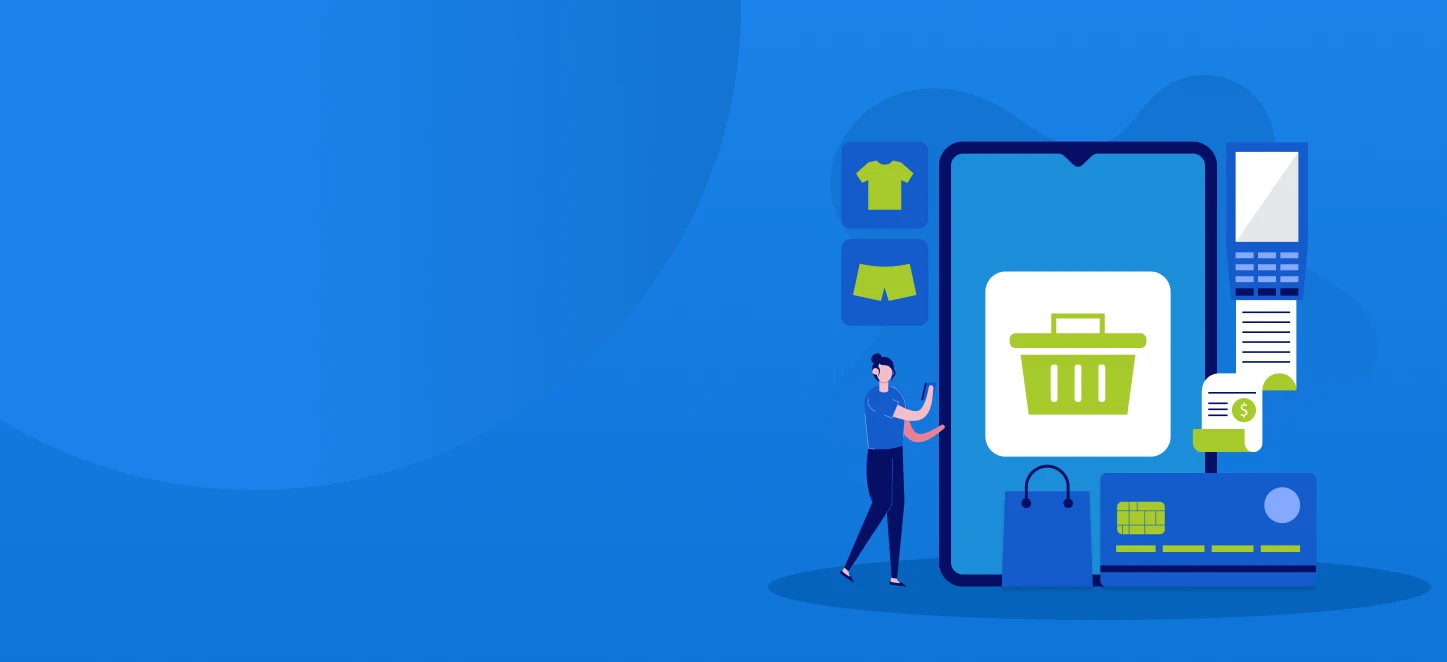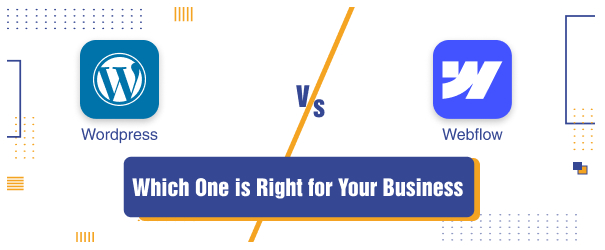In the fast-paced world of e-commerce, where user experience is paramount, the efficiency and performance of Shopify apps play a crucial role. Traditional REST APIs have long been the standard for communication between web services, but the rise of GraphQL has introduced a more powerful and flexible alternative. In this blog post, we will delve into the realm of GraphQL and explore how it can revolutionize the work of Shopify web app development services, offering benefits such as enhanced performance, reduced over-fetching, and improved data retrieval efficiency.
Understanding GraphQL
At its core, GraphQL is a query language for APIs that enables clients to request only the data they need and nothing more. Unlike REST APIs, where the server determines the structure and content of the response, GraphQL empowers clients to specify the shape of the data they require. This flexibility not only streamlines communication but also results in more efficient data retrieval.
Benefits of GraphQL in Shopify App Development
- Optimized Performance
One of the standout advantages of GraphQL that Shopify app development companies get is optimized performance. With REST APIs, multiple requests are often needed to retrieve diverse sets of data, leading to over-fetching and inefficient use of resources. GraphQL, on the other hand, allows developers to fetch all necessary data in a single request, reducing latency and enhancing app responsiveness.
- Reduced Over-fetching
Over-fetching occurs when a REST API sends more data than is required by the client. In an e-commerce setting like Shopify, where product details, customer information, and order history are often interconnected, over-fetching is a common concern. GraphQL eliminates this issue by enabling clients to specify the exact fields they need, preventing unnecessary data retrieval and improving the overall efficiency of the app.
- Efficient Data Retrieval
GraphQL’s ability to retrieve only the required data in a single request results in more efficient data retrieval. Such an ability is particularly beneficial for Shopify app development companies in scenarios where a Shopify app needs to display complex information involving multiple entities, such as product details with associated customer reviews and order history. GraphQL streamlines this process, fetching all relevant data in a structured manner.
Implementing GraphQL in Shopify App Development
Now that we’ve explored the advantages let’s delve into the practical aspects of implementing GraphQL in Shopify app development.
- Setting Up GraphQL in Shopify
Shopify provides a GraphQL API that developers can leverage to interact with the platform programmatically. To get started, it’s essential to understand the available GraphQL endpoints and the data they expose. The Shopify API documentation serves as a comprehensive guide detailing the schema, queries, and mutations that developers can use to integrate their apps seamlessly.
- Creating Custom Queries and Mutations
A key strength of GraphQL lies in its ability to allow clients to define precisely what data they need. When developing a Shopify app, developers can create custom queries tailored to the app’s specific requirements. Custom queries ensure that only relevant data is retrieved, contributing to a more streamlined and efficient application.
- Handling Authentication and Authorization
Security is paramount in e-commerce, and Shopify apps are no exception. When integrating GraphQL into a Shopify app, developers must handle authentication and authorization effectively. Shopify uses OAuth to authenticate requests, ensuring that only authorized apps can access sensitive data. Proper implementation of authentication mechanisms is crucial to safeguard user information and maintain the integrity of the Shopify ecosystem.
- Optimizing for Performance
While GraphQL inherently improves performance by reducing over-fetching, developers should still be mindful of optimization strategies. Caching mechanisms, batch processing, and pagination are essential considerations to enhance further the speed and efficiency of Shopify apps built on GraphQL. These optimizations contribute to a seamless user experience, even in the face of growing datasets.
Case Study: Enhancing a Shopify App with GraphQL
To illustrate the practical benefits of GraphQL in Shopify app development, let’s consider a case study of a fictitious app called “ShopXInsight.”
- Challenge
ShopXInsight aims to provide users with a comprehensive view of their store analytics, including sales, customer engagement, and product performance. Traditional REST APIs result in multiple requests for each data type, leading to performance bottlenecks and suboptimal user experience.
- Solution with GraphQL
By implementing GraphQL in ShopXInsight, developers can design custom queries to fetch all relevant data in a single request. For instance, a single GraphQL query could retrieve sales data, customer engagement metrics, and product performance indicators concurrently. This approach significantly reduces the number of requests and enhances the app’s responsiveness.
- Result
The adoption of GraphQL in ShopXInsight leads to a notable improvement in performance. Load times are reduced, and users experience a seamless and efficient interface that provides real-time insights into their Shopify store. The streamlined data retrieval process contributes to a positive user experience, setting ShopXInsight apart in the competitive landscape of Shopify apps.
To Sum Up
In the dynamic realm of e-commerce, where user expectations continue to evolve, leveraging GraphQL in Shopify app development emerges as a strategic move. The benefits of optimized performance reduced over-fetching, and improved data retrieval efficiency position GraphQL as a powerful tool for developers looking to create responsive and efficient Shopify apps. By embracing GraphQL and following best practices in implementation, developers can unlock new possibilities, delivering a superior user experience in the ever-evolving landscape of e-commerce.






